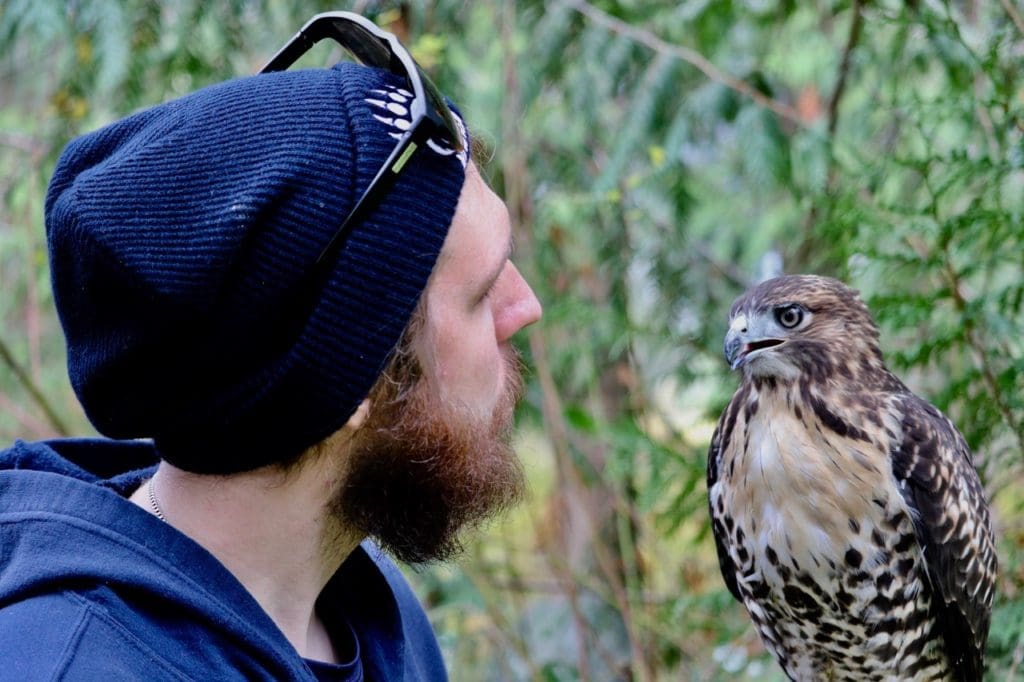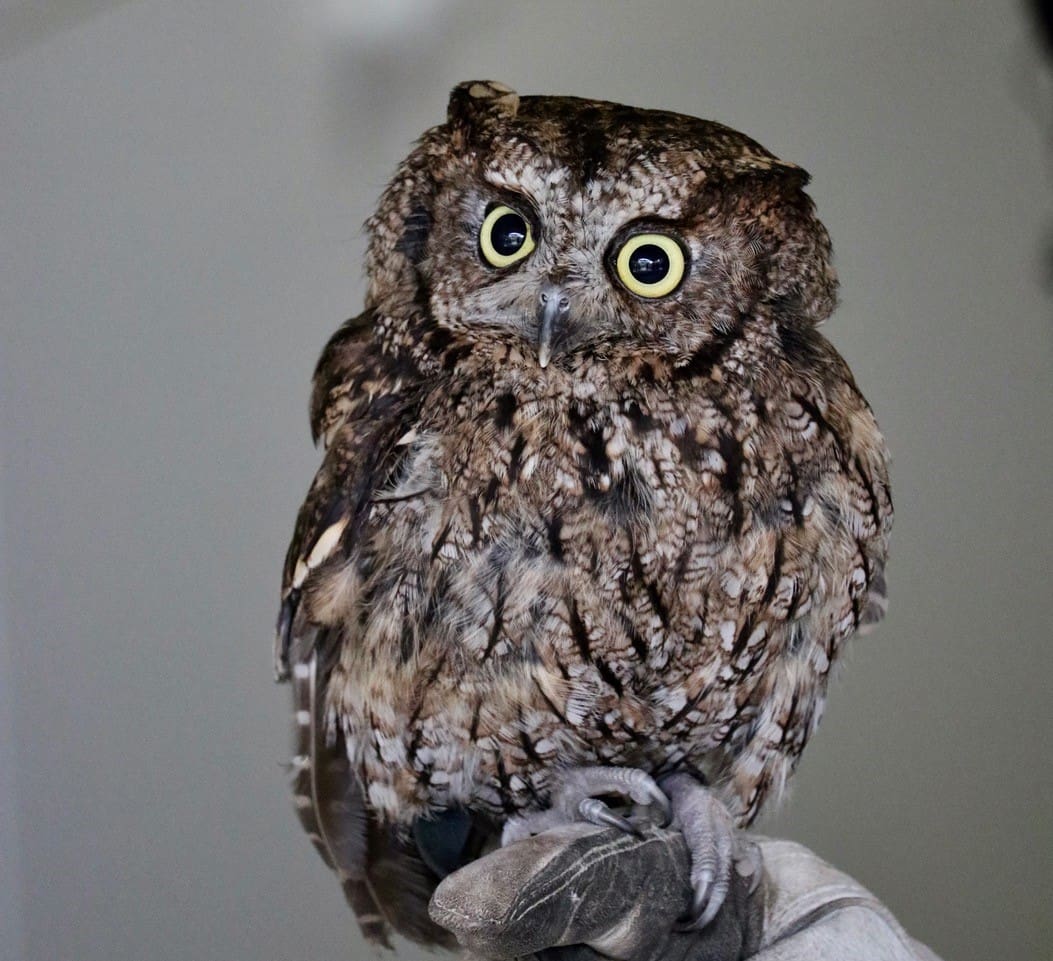An organization in B.C., the North Island Wildlife Recovery Association, does important work caring for ill, injured and orphaned wildlife and educate the public on wildlife and environmental issues. We chatted with its executive director, Joyce Lee, to learn more. —Vita Daily

Hi Joyce! Please tell us a bit about yourself to start.
My background is in tourism in Northern BC. I moved here in 2018 and took a senior management position with NIWRA. In the north, I lived a farm/country lifestyle for 30 years where I developed a respect and reverence for the land and animals. I feel truly blessed to have a career that has such deep meaning and rewards. I work with a team of fantastic staff and board of directors, a large cohort of awesome volunteers and together we help wildlife.
What is the North Island Wildlife Recovery Centre? Mission and aim?
NIWRA’s mission is to care for ill, injured and orphaned wildlife and educate the public on wildlife and environmental issues. Our main goals are to lower the numbers of animals in need of intervention, reintroduce as many animals back to the wild as possible and share important information on wildlife issues with the visiting and public at large. School buses are a common sight here. It is a joy to see young people meet and care about animals.
What sorts of challenges do some local wildlife face? What can we do to help mitigate issues?
Success to NIWRA is not the large numbers of animals admitted to the centre for care but more so the challenge of lowering those numbers. This is done by educating the public. Ninety-five per cent of animals admitted are due to human interaction, directly or indirectly such as electrocution, imprinting, cat attacks, vehicle collisions, oil spills, infected bird feeders, etc. This is why NIWRA’s mandate includes the education of the public on wildlife and environmental issues. NIWRA regularly educates the public through tours, educational signs and pamphlets, social media and invitation of the public to see non-releasable wildlife. Simple things such as not throwing food out of your car window while traveling can save an owl. Regularly cleaning your bird feeders, putting garbage out the morning of pickup, keeping your cat indoors, leaving fawns where they lie, are just some things that will help.
Tell us about past successes, and animals that are currently benefiting from the centre.
We admit approximately 800 animals each year. There are so many heartwarming stories of animals who have been rehabilitated and released, heartbreaking stories of those that have succumbed to their illness and injuries and deeply satisfying stories of those who despite not being candidates for release due to their circumstances, live at NIWRA as non-releasable, permanent resident animal ambassadors. The last type are the animals on display to the public. On our animal adoption page you will see images and short bios on some of the non-releasable animals who make NIWRA their permanent home. You will notice that all, through no fault of their own, are here with a strong message to share. (i.e., don’t throw food out the car window; the food attracts rodents, raptors hunt the rodents and are struck by vehicles).
Can you relate some specific past success stories that really warmed your heart?
Each and every animal that is admitted has a story to tell … each story warms the heart. Here is a brand-new Shaw Spotlight video on Casey, a young bald eagle, and Derek, our animal care supervisor. And check out the Bear at Play playlist on our Youtube channel.
What are some of the current needs of the centre, in terms of funds/donations? How can we help?
Your work spreads the word of this special place, enticing more people to learn about the work we do, visit and participate in the many ways to help/support. We are grateful.

Be the first to comment